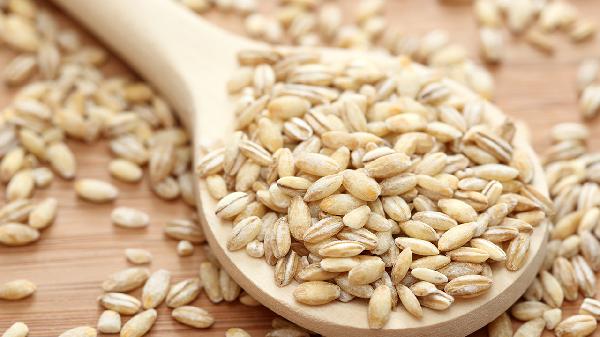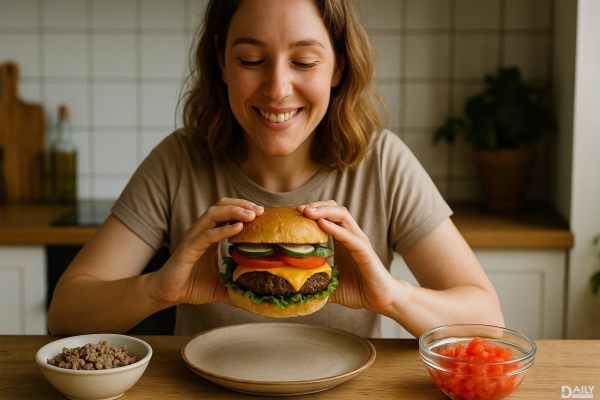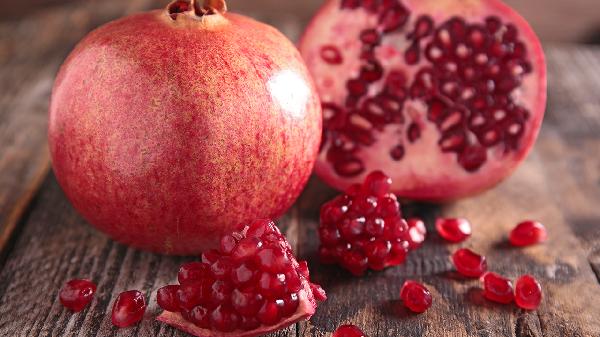Want to eat healthier without feeling like you're missing out? The secret is making smart swaps—replacing everyday foods with better-for-you alternatives that still satisfy your cravings. Small changes add up, and your body will definitely notice the difference. Here’s how to upgrade your diet without sacrificing flavor or fun.

White bread is basically stripped of nutrients during processing, leaving you with empty carbs that spike blood sugar. Whole grain or sprouted bread, on the other hand, packs fiber, vitamins, and minerals. It keeps you full longer and supports steady energy levels. Look for labels that say "100% whole grain" or "sprouted" to avoid sneaky refined flour blends.
That colorful cereal might taste like dessert, but it’s loaded with added sugar and artificial flavors. Swap it for a bowl of oatmeal topped with fresh fruit or a protein-packed Greek yogurt parfait. Both options deliver fiber, antioxidants, and probiotics without the mid-morning crash. Bonus: You can meal-prep overnight oats for busy mornings.
Soda is liquid sugar—no way around it. Even diet versions mess with your metabolism and cravings. Instead, try sparkling water with a splash of citrus or muddled berries. It gives you the fizz fix without the junk. If you need caffeine, unsweetened iced tea or black coffee are way better picks.
Crunchy snacks don’t have to come from a greasy bag. Roasted chickpeas offer protein and fiber, while kale chips deliver vitamins A and K. Both satisfy that salty craving without the trans fats. Pro tip: Make your own in the oven with olive oil and sea salt for ultimate crispiness.
Pre-made dressings often hide sugar, preservatives, and low-quality oils. Whisking up your own takes five minutes—just mix olive oil, vinegar, mustard, and herbs. You control the ingredients, and it tastes fresher. Plus, healthy fats help your body absorb nutrients from the veggies.
White rice loses most of its fiber during refining. Quinoa is a complete protein, and cauliflower rice slashes carbs while adding vitamins C and K. Both work in stir-fries, bowls, or as sides. For extra flavor, cook quinoa in broth or add garlic to cauliflower rice.
Butter’s saturated fat can clog arteries over time. Avocado (on toast or in baking) gives you heart-healthy monounsaturated fats, while olive oil boosts antioxidants. Use them in moderation—they’re calorie-dense but way more nutritious.
Instead of sugar-laden pints, blend frozen bananas into "nice cream" (add cocoa powder for chocolate vibes). Or opt for frozen yogurt with live cultures. You still get creaminess without the guilt. Dark chocolate squares are another smart dessert swap.
Deli meats are packed with sodium and nitrates, which are linked to health risks. Grill chicken breasts or bake tofu slices for sandwiches and salads. They’re leaner, cleaner protein sources. Season well so you don’t miss the salt bomb.
Margarine often contains trans fats, which are terrible for heart health. Natural nut butters (like almond or peanut) provide protein and good fats. Hummus, made from chickpeas, is another great spread loaded with fiber and plant-based nutrients.
Flavored yogurts can have as much sugar as candy. Plain Greek yogurt with a drizzle of honey and crushed walnuts gives you probiotics, protein, and healthy fats—minus the sugar rush. Cinnamon or vanilla extract adds sweetness without the junk.
Most granola bars are glorified candy bars. Whip up no-bake energy bites with oats, nut butter, seeds, and dried fruit. They’re portable, customizable, and free from weird additives. Keep a batch in the fridge for hunger emergencies.
Mayo is high in calories and often contains soybean oil. Mashed avocado adds creaminess plus potassium, while Greek yogurt (mixed with lemon juice) mimics the tanginess in dressings and dips. Both upgrades cut unhealthy fats.
Milk chocolate is mostly sugar and milk solids. Dark chocolate with at least 70% cocoa has less sugar and more antioxidants. A square or two satisfies cravings and may even improve heart health. Just don’t eat the whole bar.
See? Eating healthier isn’t about deprivation—it’s about working smarter. These swaps keep meals exciting while nourishing your body. Start with a few changes, and soon they’ll become second nature. Your taste buds (and your gut) will adjust, and you’ll wonder why you didn’t make the switch sooner.
























